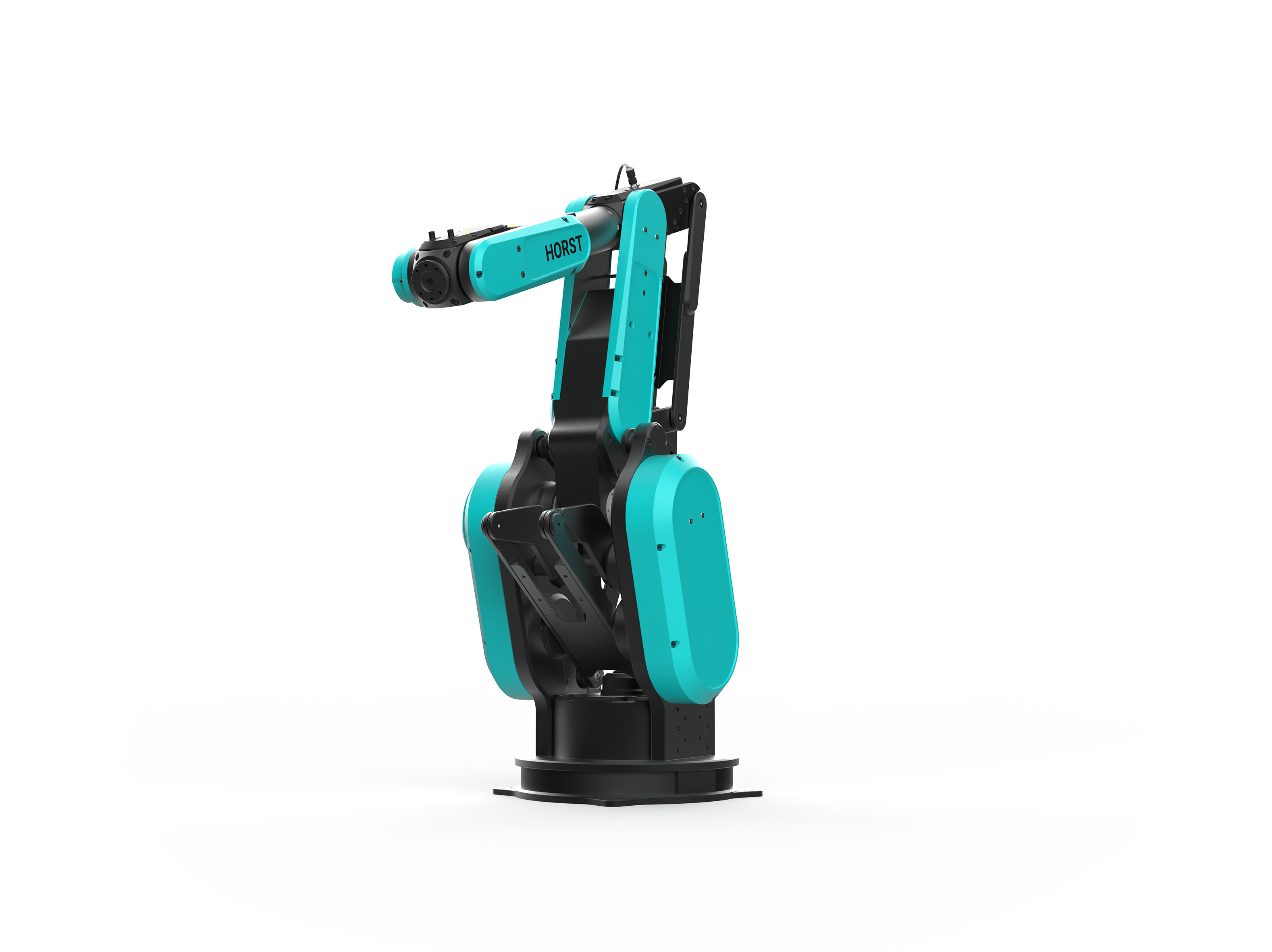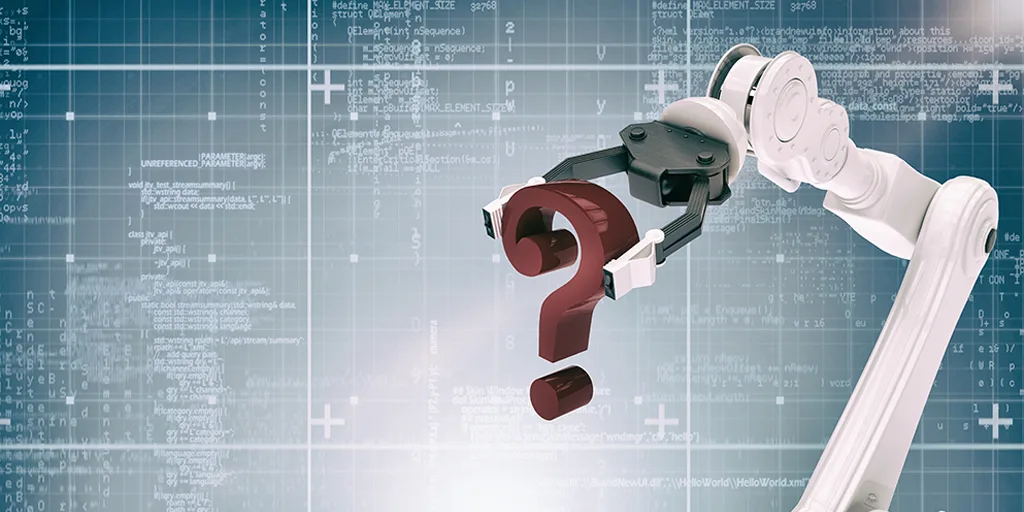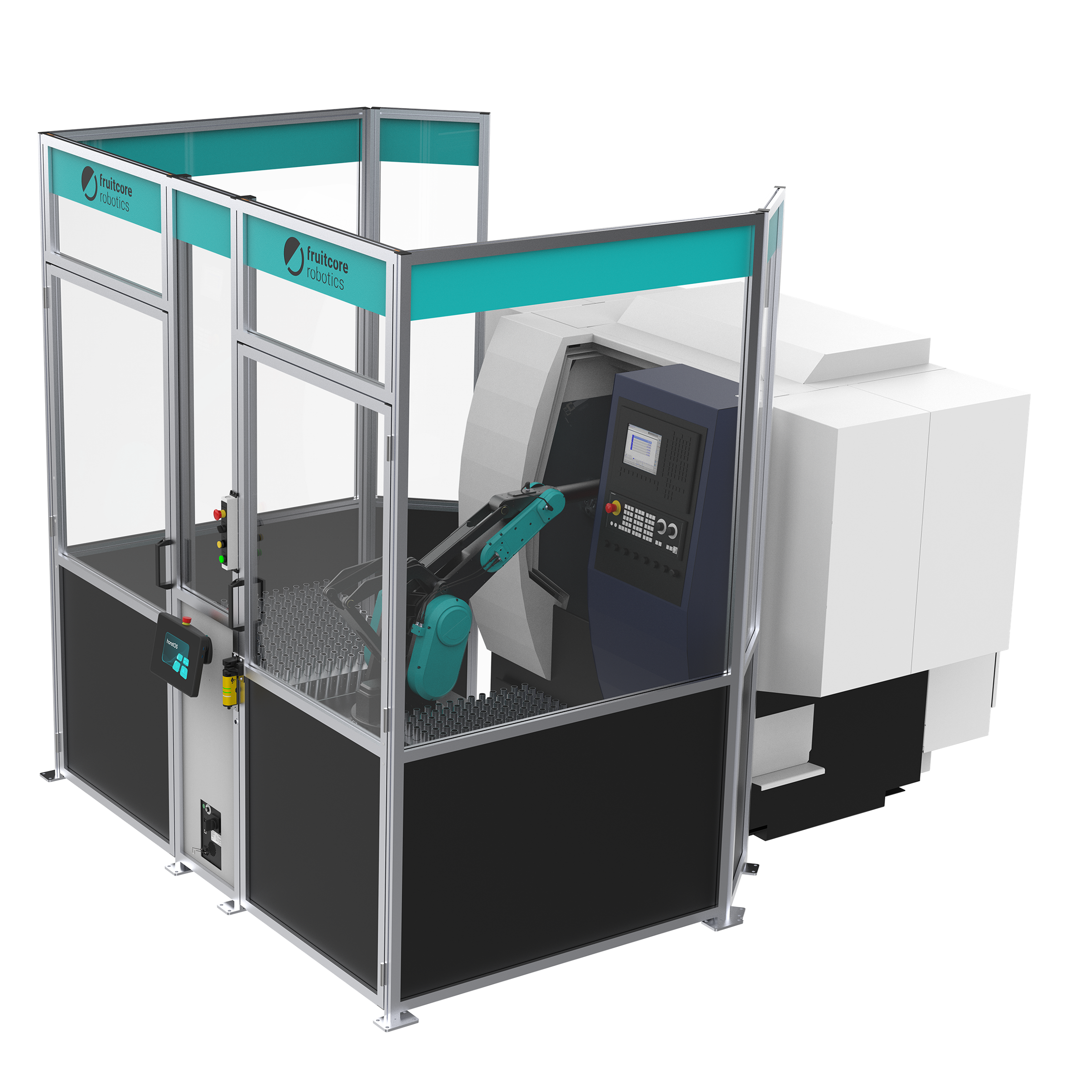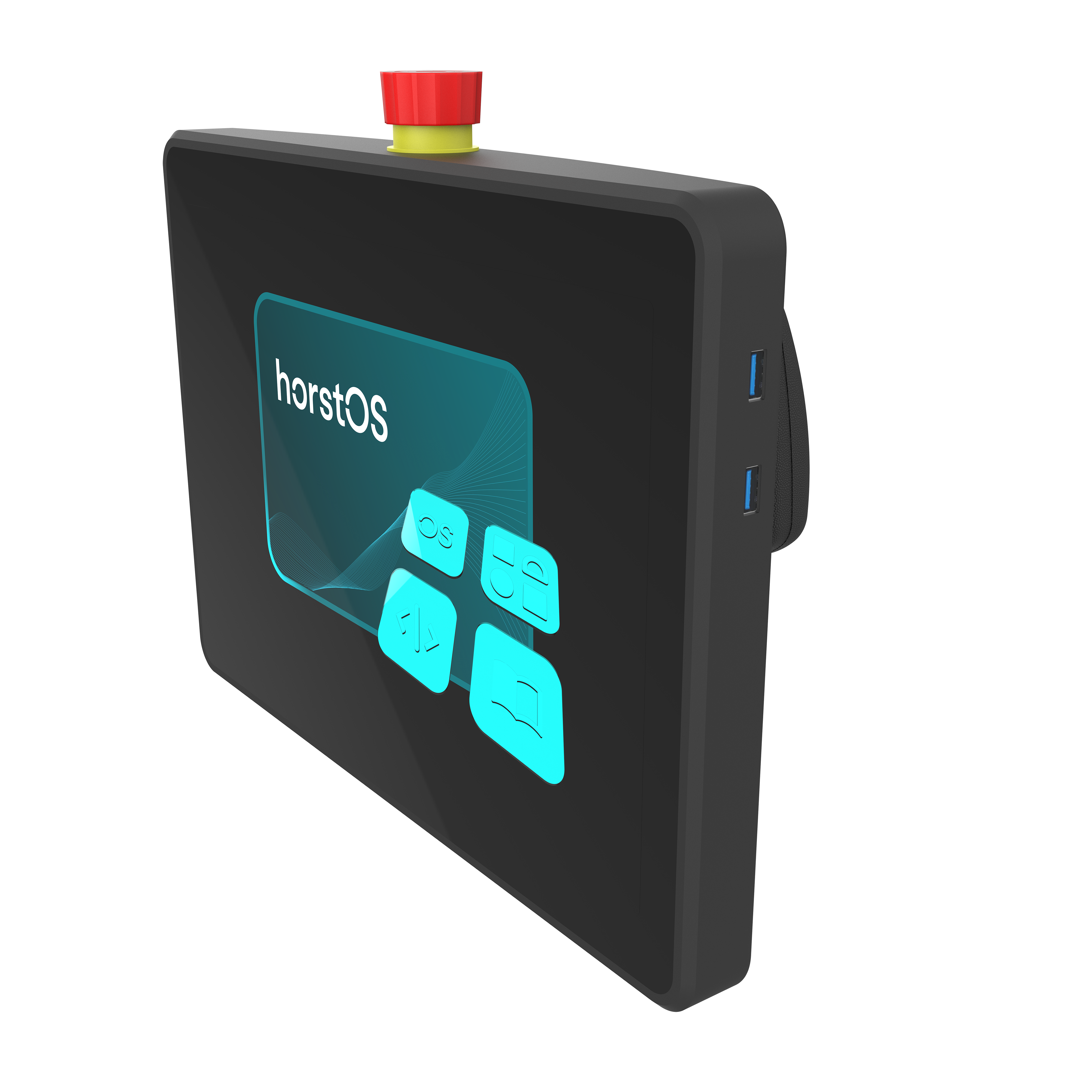 Article
Article
HORST1000 G2: the strongest industrial robot in its class
Following the successful market launch of HORST1500, the first industrial robot of the new...
Digitization, Industry 4.0, Industrial Internet of Things (IIoT): Isn't this something for large corporations with the appropriate budget, staffing, and time? Surely? Not at all. The number of small and medium-sized enterprises (SMEs) for whom these topics are becoming more crucial is increasing rapidly.
Geposted von:

Patrick Enderle

Digitization, Industry 4.0, Industrial Internet of Things (IIoT): Isn't this something for large corporations with the appropriate budget, staffing, and time? Surely? Not at all. The number of small and medium-sized enterprises (SMEs) for whom these topics are becoming more crucial is increasing rapidly.
The trends mentioned above, just a few years ago, were in the realm of future possibilities, but now they've become a reality. Automated production is becoming increasingly essential, even for small and medium-sized enterprises, regardless of the industry, location, or company size.
More and more SMEs are no longer asking themselves whether they should invest in automated processes, but how and for what purposes the robot will be used.
For those specifically considering the field of SMEs and which system from the growing array of digital robotics is suitable, three key terms come into play. In the future, no one will be able to avoid delving deeper into them: Ease of use, flexibility, and customization.
The simpler and more intuitive a robot is to control, the faster the responsible employees will become proficient. The more flexible the robot is designed, the quicker it can be adapted for changing production processes, making it a cost-effective choice. The more customized a robot is tailored to the spatial and production-related needs of the user, the more efficiently it can be utilized.
The starting point for all considerations is the application area. What task should the robot perform? Which process sequence should it master? The possibilities are almost limitless. Perhaps you will find yourself and your company's needs in one or more of these examples:
This list makes no claim to completeness, but it shows: Industrial robots take a lot of work off the manufacturing industry. And they create space that many companies need: Entire industries are confronted with the pressure of rising costs and customer expectations, along with a shortage of skilled workers and long delivery times. Robotics is gaining importance.
Regardless of these trends in the labor market and in supply chains: Which company wouldn't be motivated to deliver its products more reliably, faster, and in a wider range? After all, one wants to excel, to deliver, to ensure quality, and to reduce error rates.
The fictional company HORST Fruchtkern GmbH, a medium-sized enterprise in the metal processing industry, wants to elevate its production to the next level.In production, everyone knows that this requires automating certain tasks. The first hurdle: which ones should they be? HORST Fruchtkern GmbH lacks the experience to answer this question.
It's clear that integrating robots into the company will not only change individual process segments. It will also lead to a transformation in the company culture, the self-concept, and the thinking and actions of the employees. Additionally, the management of business and production at HORST Fruchtkern is faced with the question: Is the investment in an industrial robot worth it - and when? Not to mention the question of the costs for engineering and ongoing operation.
So, what can this medium-sized company do now? The initial response: for now, ignore robot systems or postpone them to the next, and the next after that, and so on. But what would sticking to the status quo mean?
Another consideration for Fruchtkern GmbH is: How do we meet the expectations of our customers, who are increasingly asking for smaller batch sizes but a larger and more diverse product range? Such demands may not be relevant for every operation today, or even tomorrow. But perhaps in half a year? Which process would allow for this to be more efficiently accommodated?
The market already offers industrial robots with software that can be set up and operated very easily and flexibly. These robots can take over production processes without the need for complicated programming beforehand. The new generation of robots, known as Digital Robots, brings high dynamism and adaptability. This is essential, for example, when new parts need to be integrated into the current manufacturing process simply and economically, or when the application area changes frequently. Once again, the key terms mentioned earlier come into play: ease of use, flexibility, and customization.
For companies valuing secure supply chains, aiming to maintain Germany as a production hub, and seeking independence from global market crises, it is entirely appropriate to engage with digitization, automation, and robotics today. A prudent and measured re-embrace of the "Made in Germany" label does not mean romantically denying the reality of globalization. Instead, it is worthwhile to strategically consider which areas can minimize risks and dependencies through domestic production.
Industrial history is marked by leaps in innovation, increases in productivity, and the emergence and decline of processes, structures, and markets. Who would have thought 30 years ago that the combustion engine-powered car does not have an irreversible future? Who could have imagined that a "mobile phone" would become our constant companion?
This is precisely what the digital transformation is about, sweeping entire industries today, with robot-based automation being a crucial component. The advantage of the new, easy-to-use, and cost-effective Digital Robots for the transformation in robotics is this: to actively participate early on, one doesn't need to reinvent the wheel as James Watt did with his steam engine, Henry Ford did with his assembly line, or Steve Jobs did with the smartphone. It is enough to think about the next step, plan it, and then take it.
Want to learn everything you need to know about industrial robots?
To help you answer this question, download our free whitepaper and read in three steps what matters in your decision. Learn about the types of industrial robots available, which applications are suitable for automation, and which robot makes sense for you.
 Article
Article
Following the successful market launch of HORST1500, the first industrial robot of the new...

Sylvie Rest
October 8, 2024
 Article
Article
At Motek 2024, fruitcore robotics will be presenting innovative, AI-supported automation solutions...

Sylvie Rest
September 3, 2024
 Article
Article
fruitcore robotics is launching a new control panel for its industrial robots. The new control...

Sylvie Rest
July 2, 2024